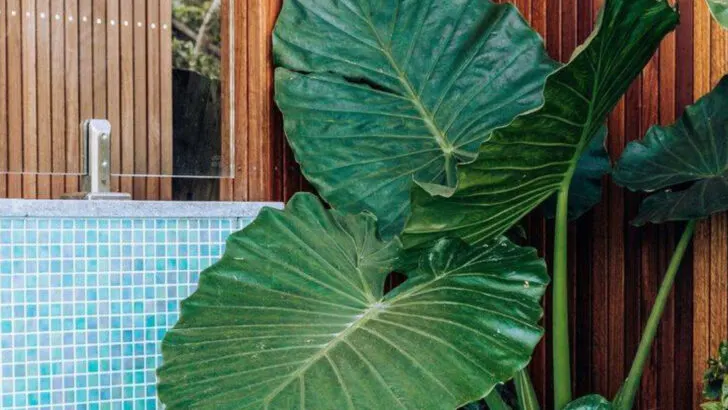Tropical-looking plants bring instant vacation vibes to any space—but they often come with one big problem: they hate the cold. For those of us who don’t live in year-round warm climates, that usually means admiring those lush, oversized leaves from afar. But what if you could have all the beauty of the tropics, without worrying about every chilly evening?
In this list, you’ll find 15 stunning plants that give you those bold, exotic looks—think large foliage, bright blooms, dramatic textures—but with surprising resilience to cooler nights. Whether you’re gardening in a zone with temperature swings or just want something for your balcony that won’t shiver in a summer breeze, these plants are up for the challenge.
They’re perfect for adding drama to your garden, containers, or even indoor corners that need a lush upgrade—without the high-maintenance lifestyle. Ready to bring the tropics home, even if the thermometer disagrees? These 15 beauties will get you there.
Japanese Aralia
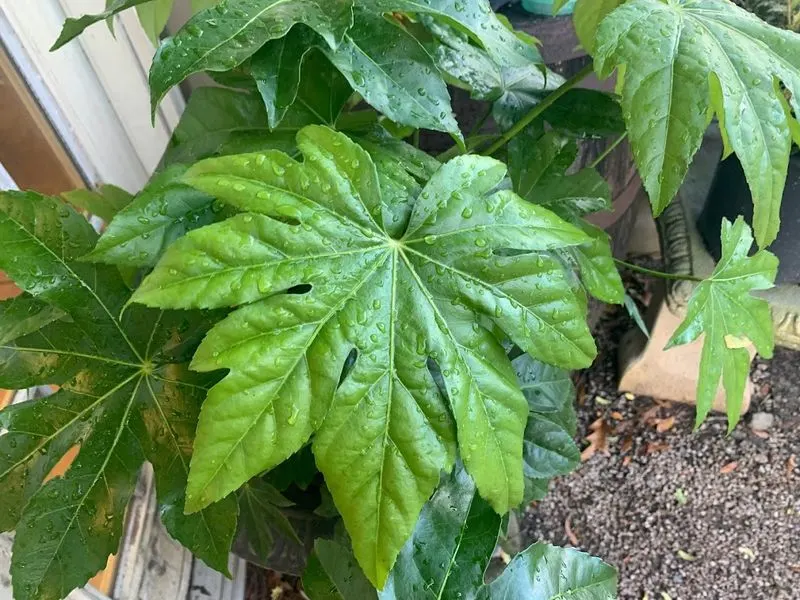
Japanese Aralia stands tall with its broad, glossy leaves, reminiscent of the tropics. This resilient plant thrives in cooler climates, making it a versatile addition to any garden. Its distinct foliage adds texture and visual interest, creating a focal point in shaded areas.
Originating from Japan and Korea, this plant is well-suited to withstand chilly nights. As it matures, it can reach impressive heights, adding verticality and lushness to your garden. Its adaptability to various light conditions makes it a favorite among gardeners seeking tropical vibes without the heat.
Windmill Palm

Imagine a palm that can brave the cold—such is the Windmill Palm. With its fan-shaped fronds swaying gracefully, this palm brings an exotic touch to any landscape. It’s known for its remarkable hardiness, thriving in zones where other palms wouldn’t dare.
The Windmill Palm hails from the temperate regions of China, showcasing its ability to endure temperature drops. Ideal for gardeners looking to add a tropical flair, it becomes a statement piece, with minimal care required to maintain its beauty and resilience.
Hardy Banana
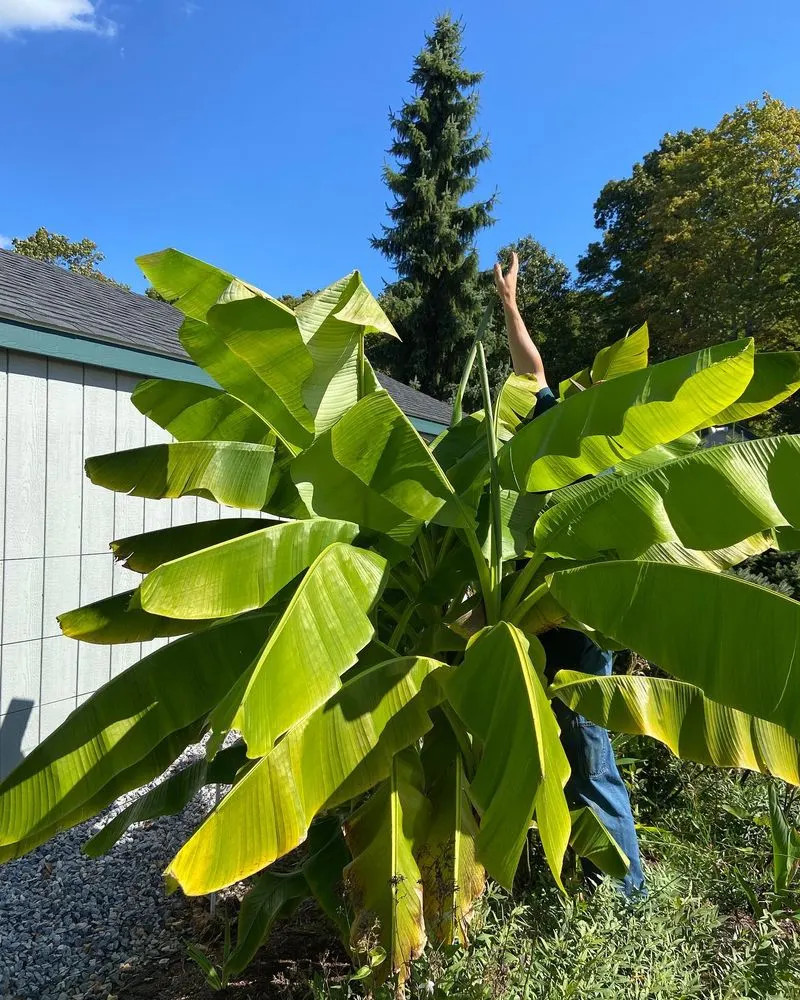
Hardy Banana breaks the mold with its tropical allure and cold endurance. This plant brings a slice of the tropics with its large, lush leaves that capture attention. Unlike its tropical relatives, this banana variety can withstand frosty nights.
A native of the mountainous regions of Asia, Hardy Banana is perfect for those dreaming of a tropical garden without relocating. Its presence adds both height and a sense of exoticism, transforming ordinary garden spaces into vibrant retreats.
Elephant Ear
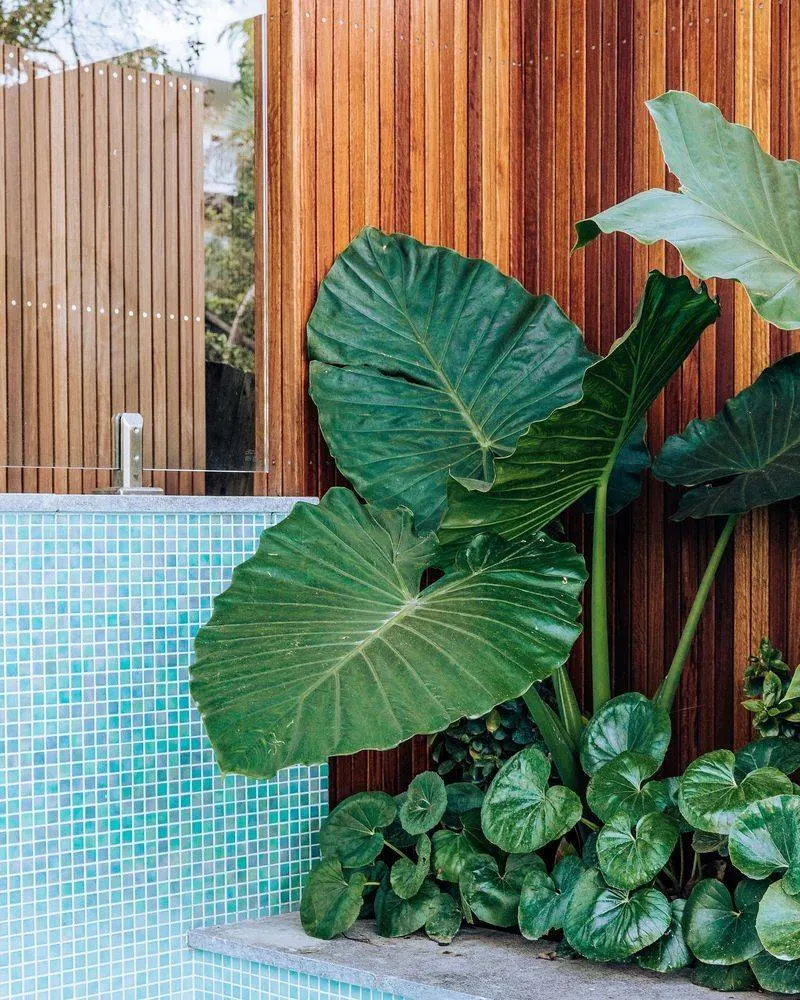
Elephant Ear captivates with its enormous, heart-shaped leaves that offer a dramatic flair. Despite its tropical appearance, this plant can thrive in cooler climates, adapting to varying conditions with grace.
Originating from Southeast Asia, Elephant Ear’s ability to grow in colder areas makes it a unique choice for gardeners. Its striking foliage serves as a perfect backdrop or centerpiece, adding depth and intrigue to garden layouts.
Fatsia Japonica
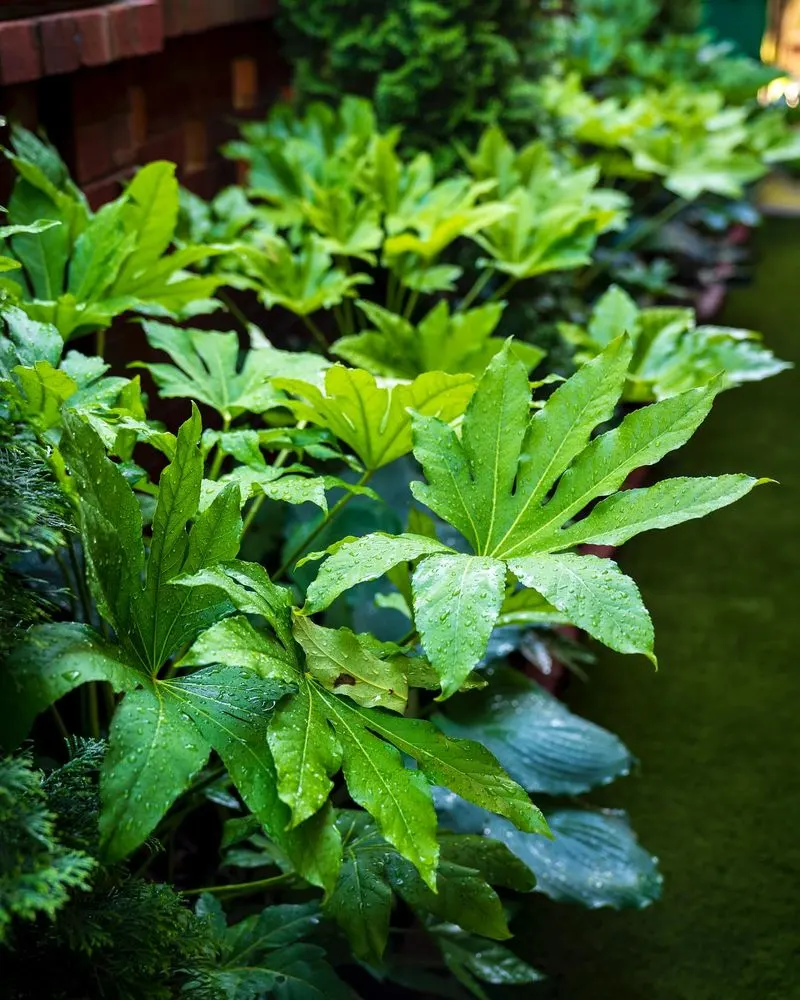
Fatsia Japonica stands out with its glossy, lobed leaves, bringing a bold statement to any garden. This plant’s tropical essence is paired with a knack for surviving chilly temperatures, making it a versatile pick.
Hailing from Japan, Fatsia Japonica is perfect for shaded areas, where it can grow vigorously. Its ability to withstand colder nights without losing its charm makes it a staple for those wanting a tropical feel year-round.
Yucca gloriosa
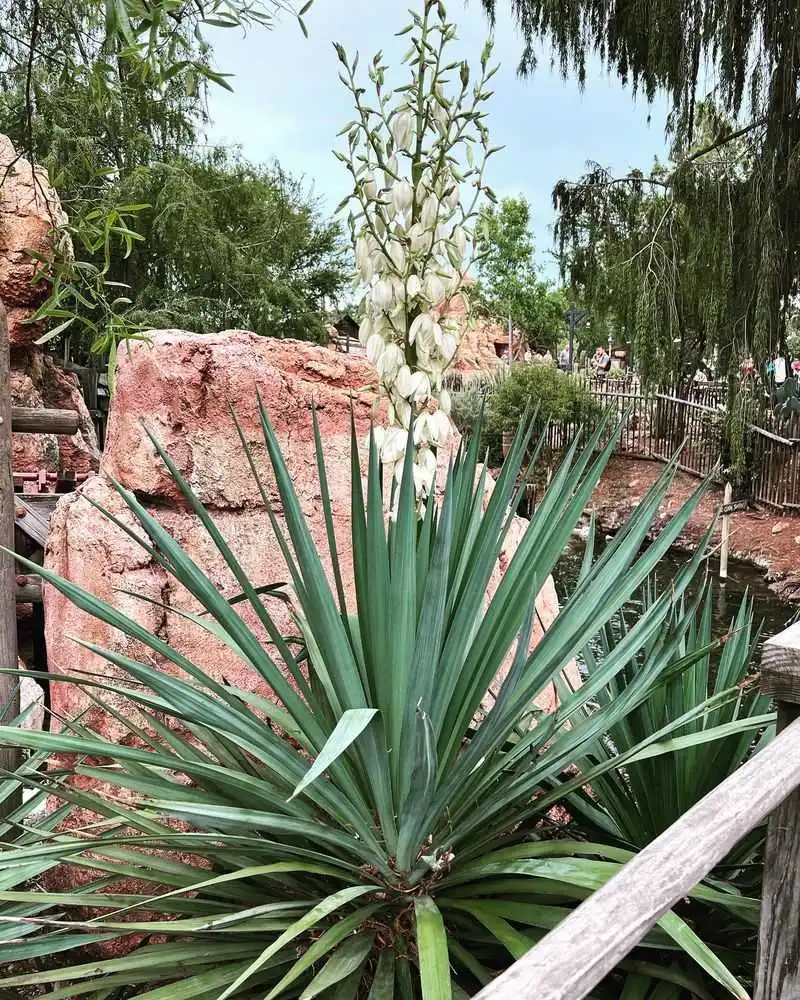
Yucca gloriosa defies expectations with its sharp, sword-like leaves and resilience. This plant thrives in both tropical and cooler environments, making it a versatile garden addition.
Native to the southeastern United States, Yucca gloriosa can handle cold snaps, unlike many of its tropical counterparts. Its architectural form and distinctive presence add a modern edge, perfect for those seeking a tropical look with a hardy twist.
Cabbage Palm
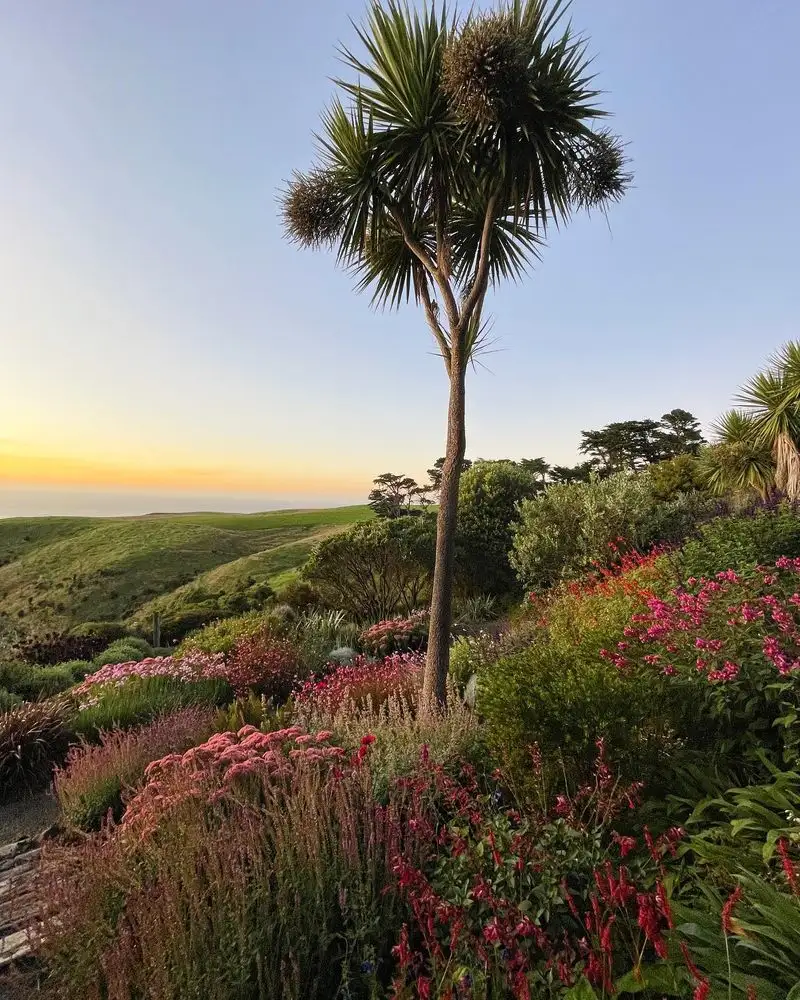
Cabbage Palm showcases an impressive trunk and lush fronds, evoking a tropical ambiance while enduring colder climates. Native to the southeastern United States, it’s a testament to nature’s adaptability.
This palm is beloved for its ability to withstand cold, adding a durable yet exotic element to gardens. Its towering presence and rich green color make it a favorite among those wishing to capture tropical vibes without the heat.
New Zealand Flax
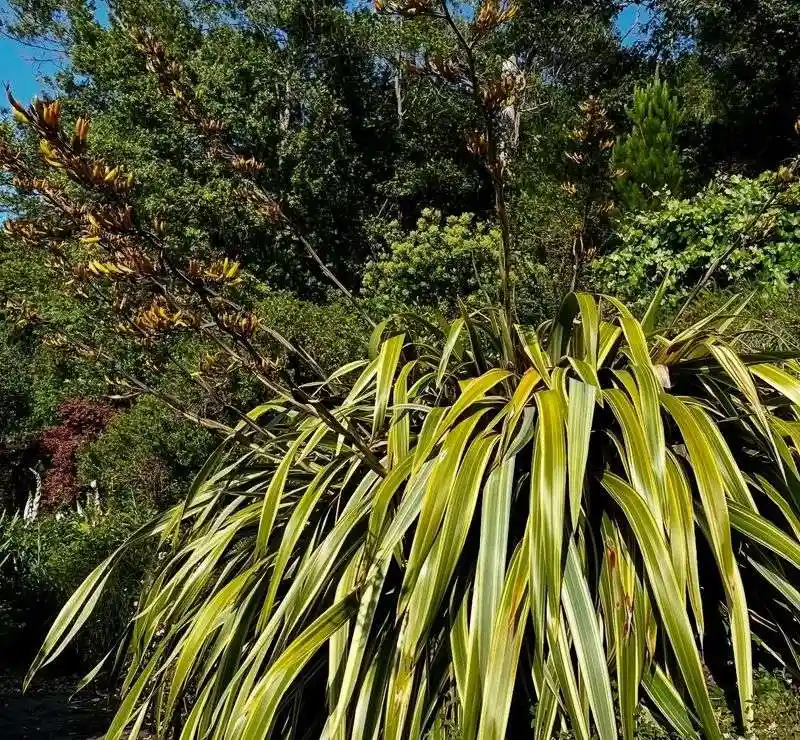
New Zealand Flax captivates with its long, colorful blades that add movement and color to the garden. This hearty plant can withstand colder temperatures, defying its tropical appearance.
Originating from New Zealand, its striking foliage creates contrast and interest, making it a dynamic choice for modern landscapes. Whether used as a focal point or an accent, New Zealand Flax brings vibrancy and resilience, appealing to those looking to spice up their gardens with durable beauty.
Cast Iron Plant
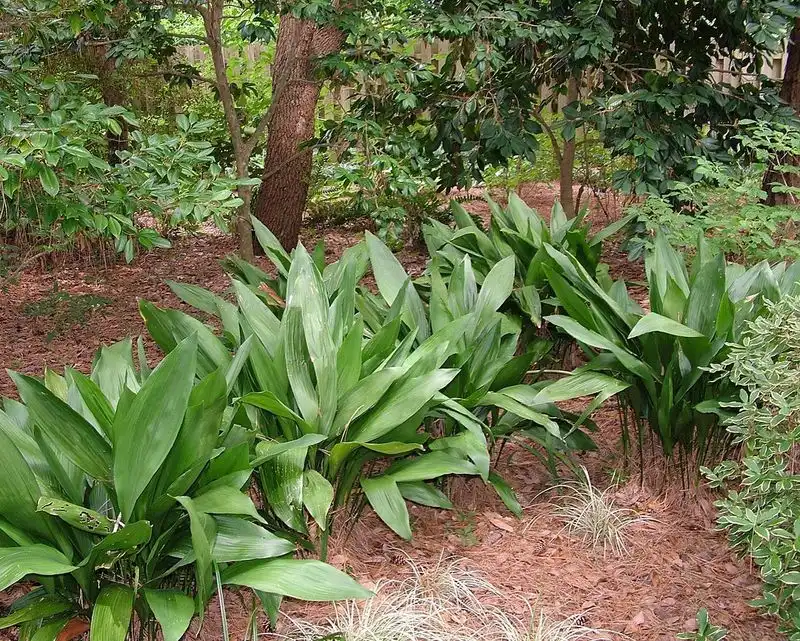
The Cast Iron Plant earns its name with a reputation for durability and adaptability. Its dark green, lance-shaped leaves provide an elegant contrast in shaded garden corners.
Hailing from the forests of Japan and Taiwan, this plant remains unfazed by cold nights, thriving where others might falter. It’s an ideal choice for gardeners seeking low-maintenance yet aesthetically pleasing greenery.
Bird of Paradise
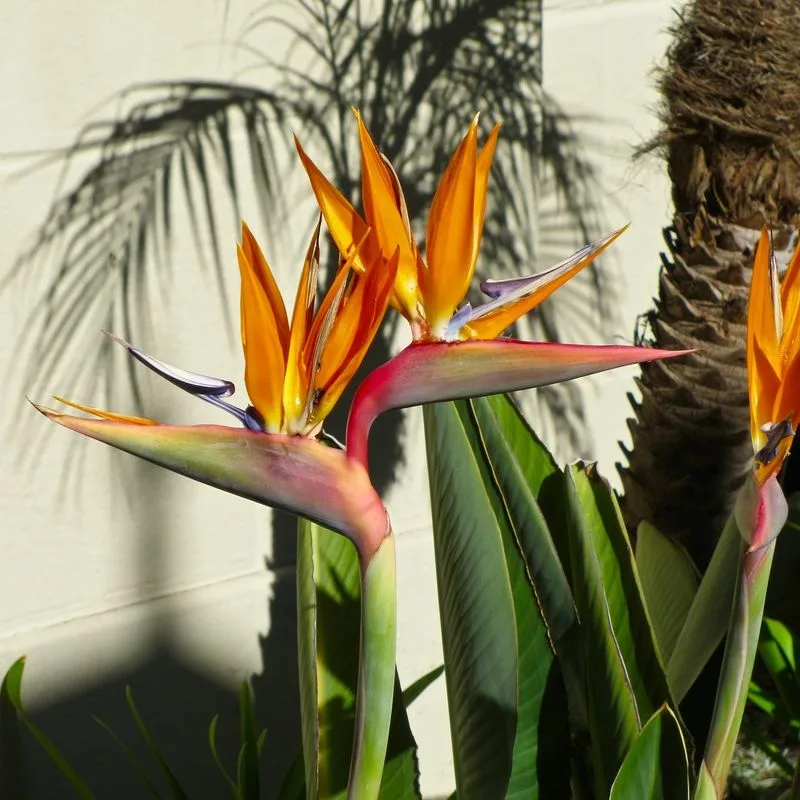
Bird of Paradise mesmerizes with its strikingly colorful blooms that resemble a bird in flight. While its appearance screams tropical, it’s surprisingly resilient, able to withstand cooler conditions.
This South African native is a showstopper in any garden, drawing attention with its unique floral display. Perfect for bringing a splash of color and exotic flair, it thrives in well-drained soil, proving that beauty can indeed be hardy.
Chinese Windmill Palm
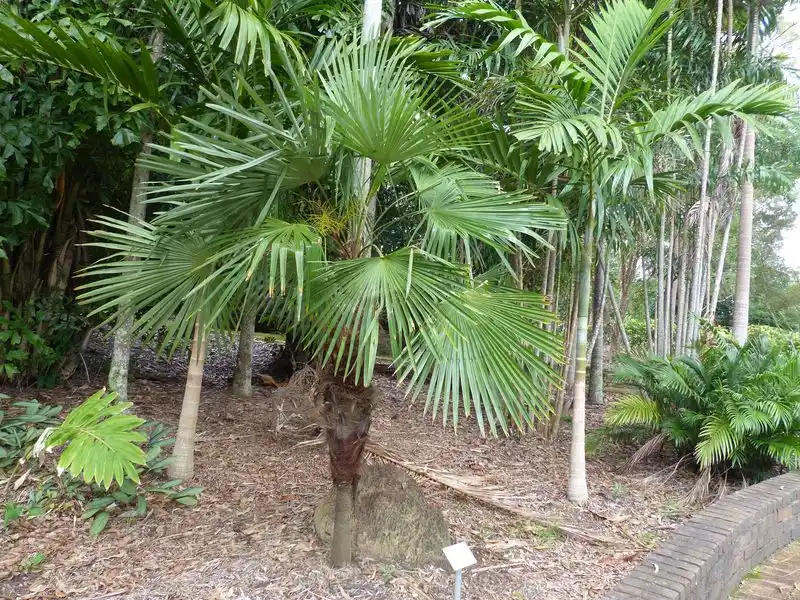
The Chinese Windmill Palm graces gardens with its elegant fan-shaped leaves, offering a touch of the tropics to temperate zones. Its robust nature allows it to thrive where other palms might struggle.
Originating from China, this palm is well-acclaimed for its cold hardiness, standing tall as a garden centerpiece. Its presence is not only visually pleasing but also testament to its adaptability.
Cold Hardy Hibiscus
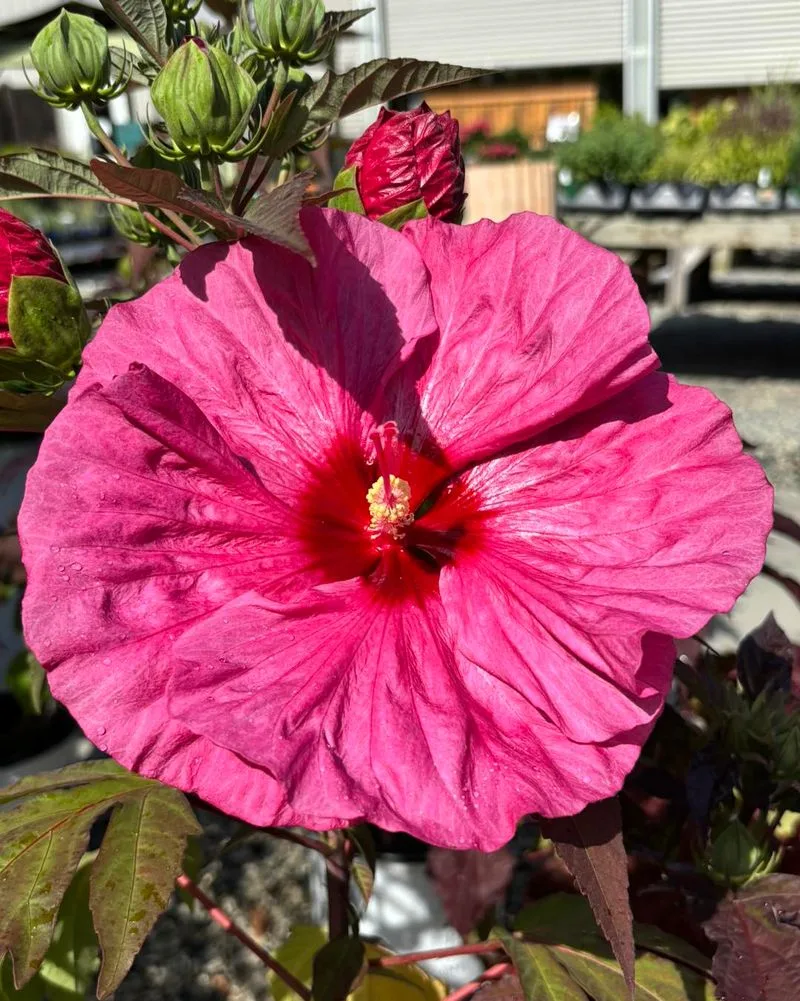
Cold Hardy Hibiscus brings vibrant blooms that defy chilly conditions, offering a tropical feel through its large, colorful flowers. Unlike its tender relatives, this hibiscus can withstand colder weather, thanks to its robust constitution.
Ideal for adding a splash of summer all year round, it brightens garden spaces with its cheerful presence. Its adaptability makes it a preferred choice for those who long for hibiscus blooms without the need for constant warmth.
Aucuba japonica
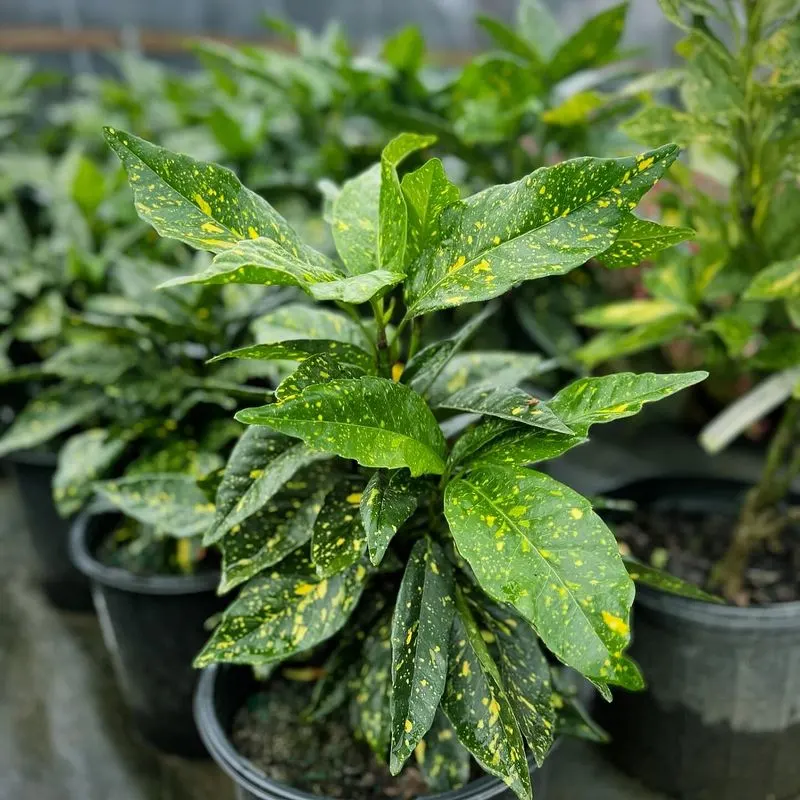
Aucuba japonica, with its glossy, speckled leaves, brings a unique texture to shaded garden areas. Its ability to thrive in cold climates makes it a versatile choice for those looking to add tropical flair.
This plant, native to Japan, is renowned for its resilience and ease of care, tolerating low light and poor soil conditions. Its striking foliage adds depth and visual interest, perfect for gardeners wanting a splash of greenery year-round.
Cordyline australis

Cordyline australis stands out with its tall, slender trunk and vibrant, sword-like leaves. This plant’s tropical appearance belies its ability to endure colder climates, making it a standout choice for diversified landscapes.
Originally from New Zealand, Cordyline australis adds height and color, thriving in various garden settings. Its architectural form creates a striking silhouette, perfect for those seeking a blend of tropical aesthetics and hardiness.

